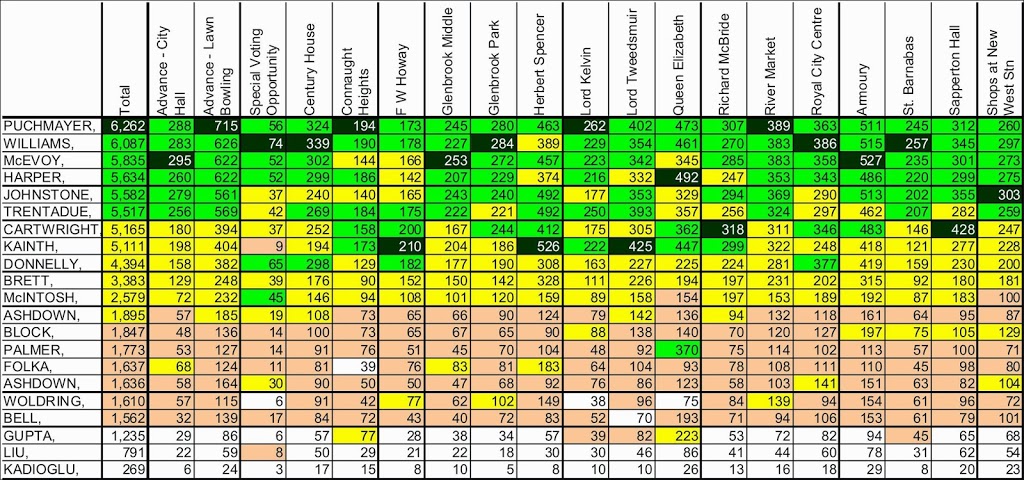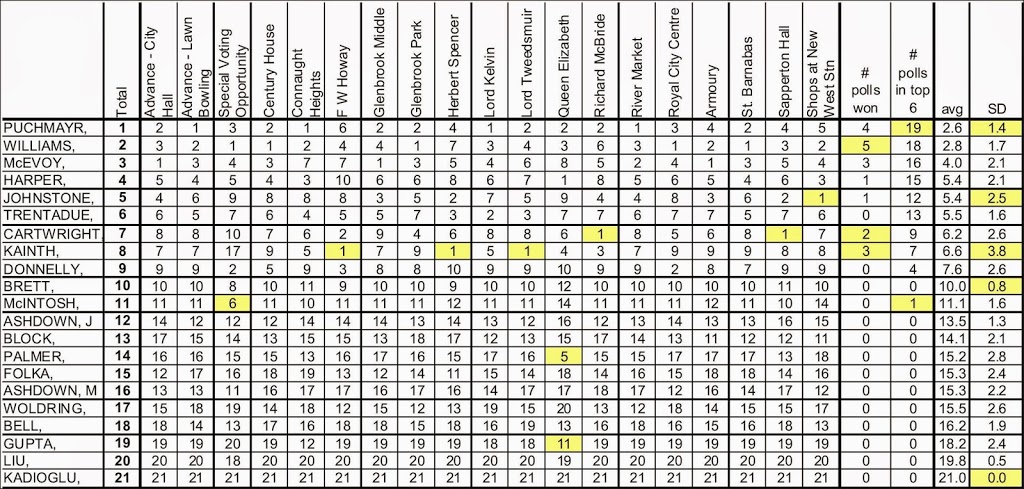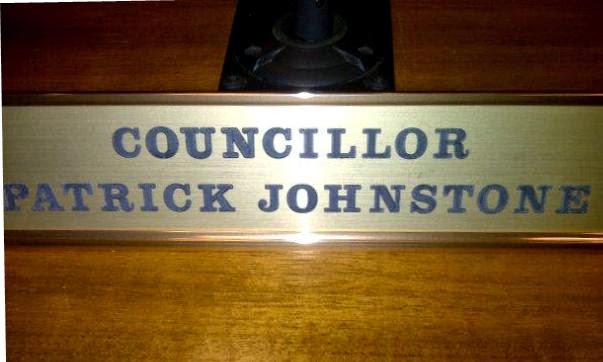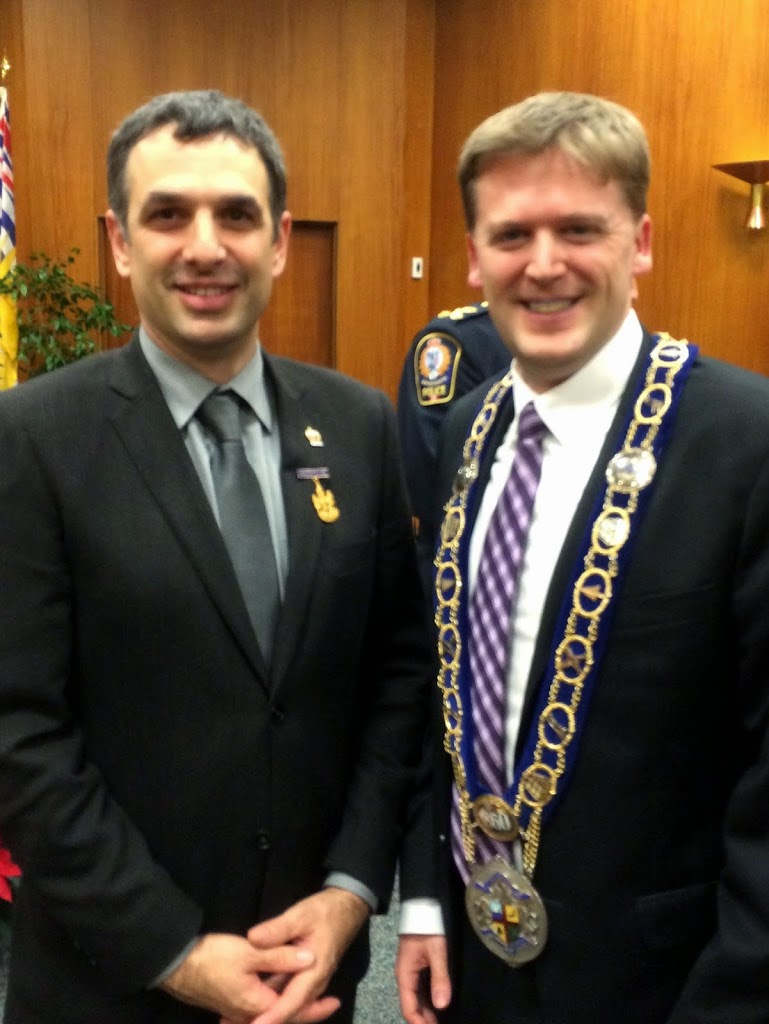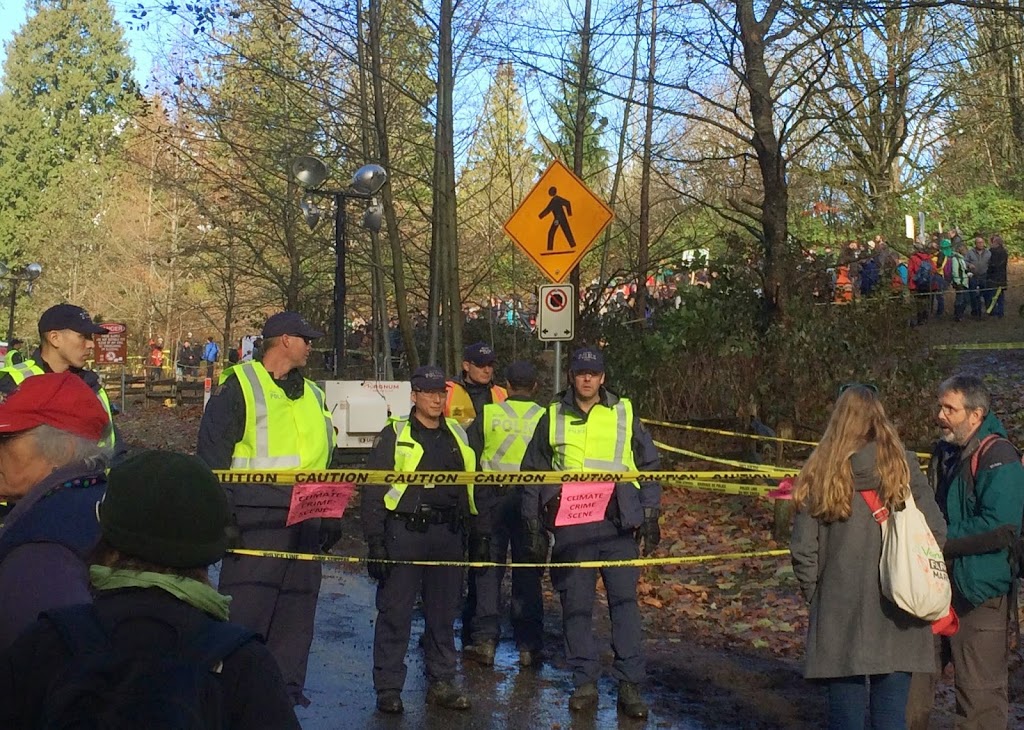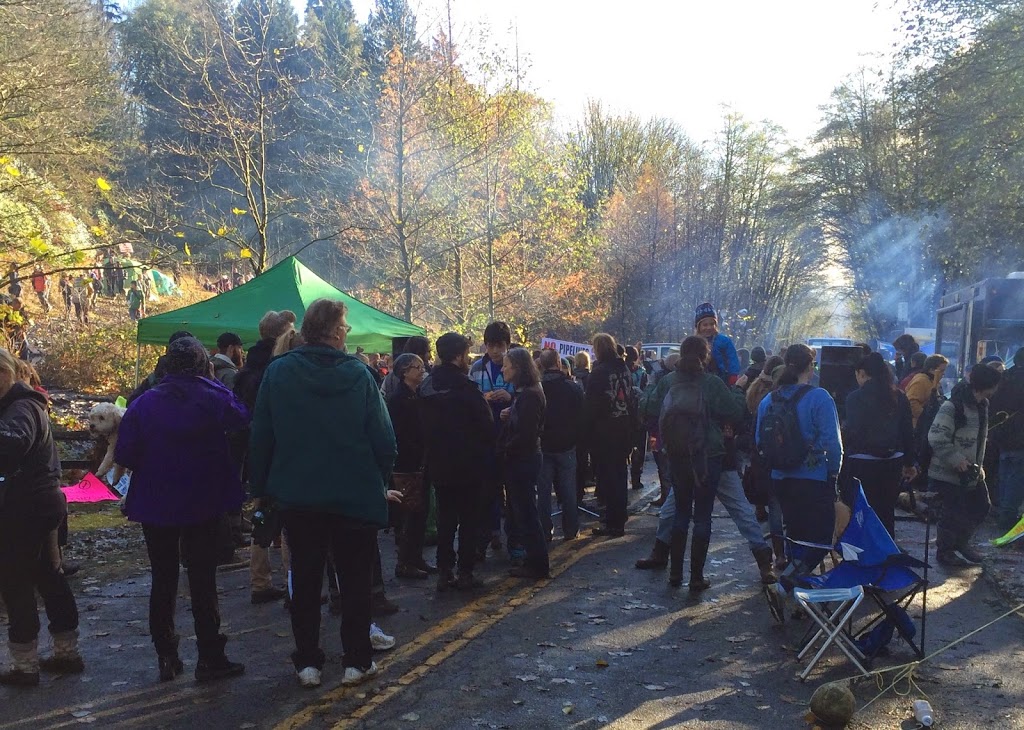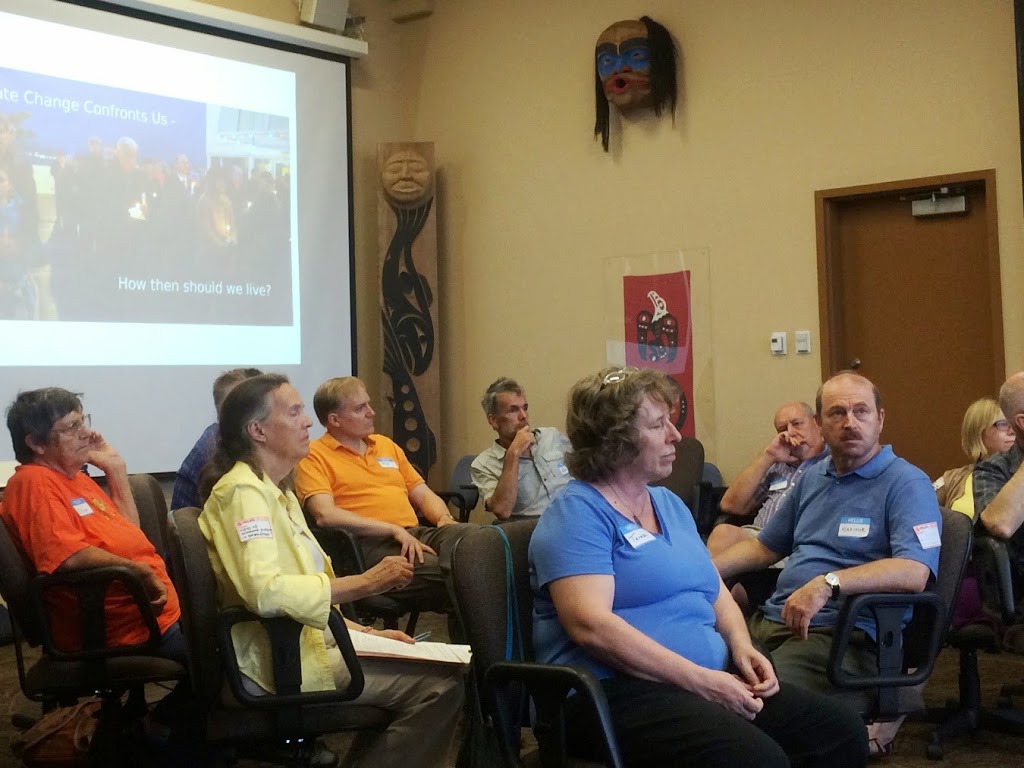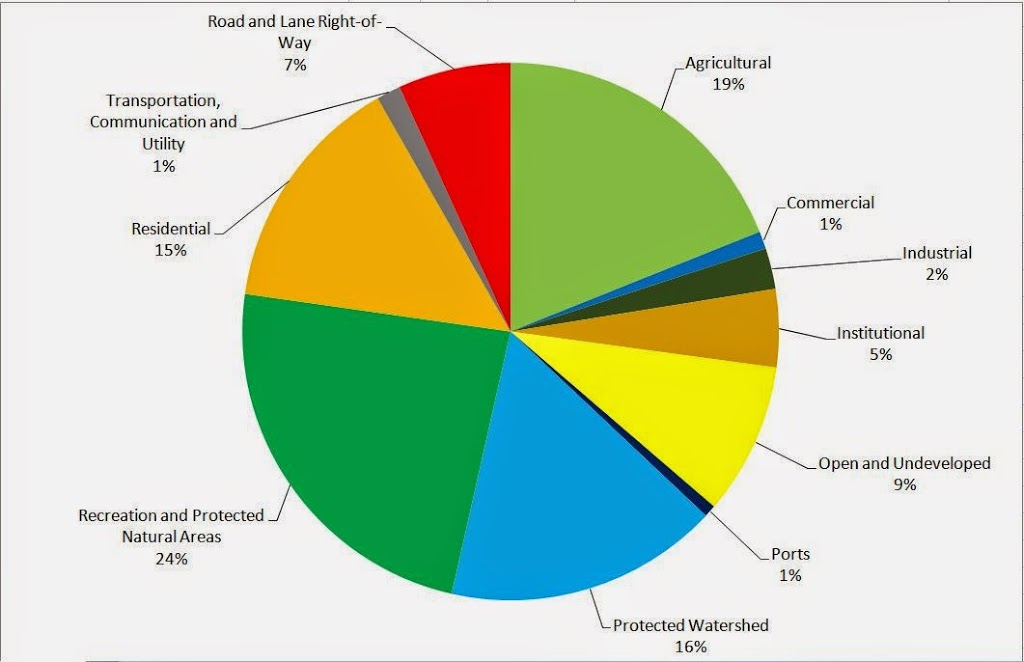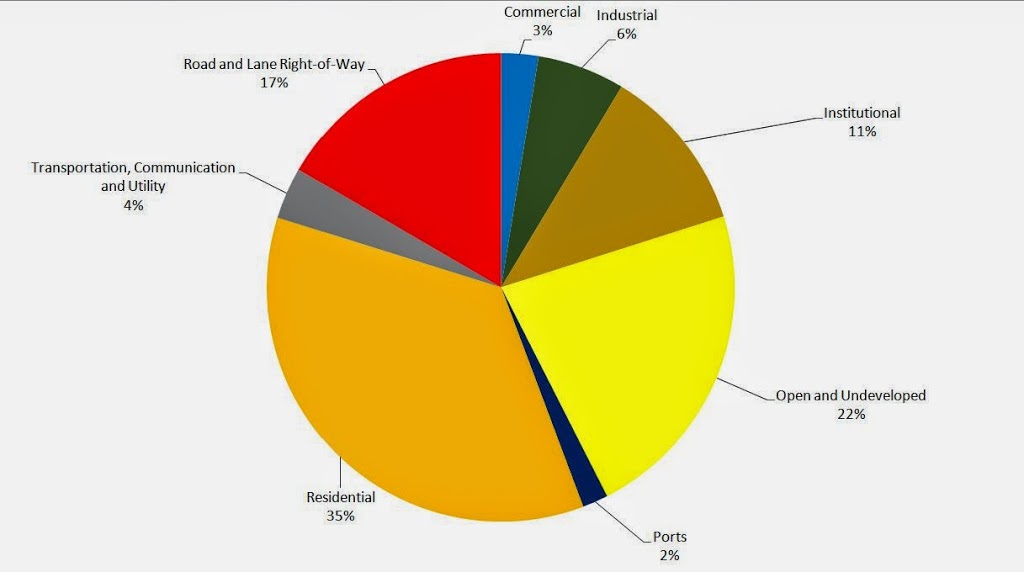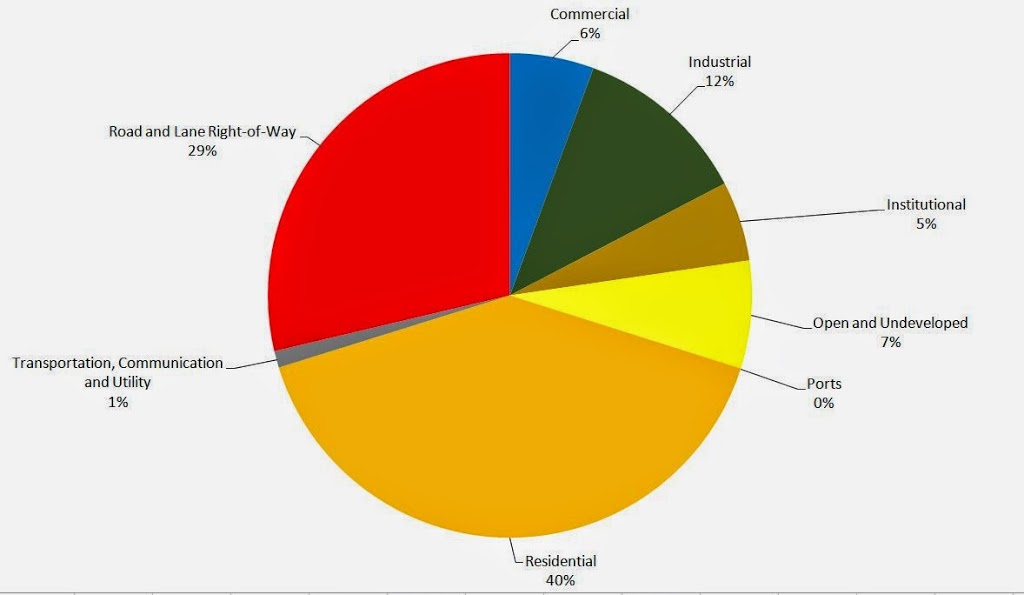Thing have gotten a little crazy around here, and by around here, I mean here in the internet.
It all seemed to make sense at some point, but now after having set up a Campaign, then getting elected, things have gotten out of hand. I suddenly find myself with two Twitter handles, two Facebook pages, three webpages/blogs, 5 e-mail accounts, 5 phone numbers, two smart phones, and not time to generate any content on any of them.
So things are going to change.
The plan so far looks like this:
Twitter: I’m bringing @NWimby to an end. It was a fun 14,000+ tweets, but it is time. I needed to set up a different account for the campaign (for a variety of reasons related to Elections Act authorizations, linking the account to my NationBuilder account, etc.) and had I not been successful, I probably would have just nuked that one and gone back to @NWimby. However, the way things turned out, it makes sense to keep the @PJNewWest handle, and start re-building the follower base. I suspect @NWimby will sit there as a largely-ignored legacy for a while, because there are some epic Twitter exchanges in there.
So if you want to follow @NWimby, follow @PJNewWest.
Facebook: I have no idea what the plan is here. I really don’t like Facebook. It has a utility in keeping up with some geographically-distant friends and family, but I am increasingly finding it more of a hassle than it is worth. A local friend one told me “Twitter makes you want to buy as drink for someone you have never met, Facebook makes you want to toss your drink at someone you thought you knew.”
During the election, I used Facebook to transmit info, to identify supporters, and for a little self-promotion. However, I also found that it was a popular media for critics to say less flattering things about me. I have no problem with that, I bring that on myself every time I open my fat mouth. The problem on Facebook is that criticism rarely appeared in pages that I frequented, but instead on pages I have no connection with, so I was rarely able to respond or correct the record. And this got me thinking about how Facebook essentially fails as a social media. Now that my NewsFeed is dominated by auto-running videos of people doing stupid things with trucks, I cannot even fathom why I am still there.
So my Facebook pages are still active, but I may not be there much. I have no strategy yet.
Webpages: I have been blogging pretty consistently for 5 years now, first as GreenNewWest then as NWimby, and in parallel with TignPat. I also did a bit of blogging during the campaign on my campaign website. Again, at the time it made sense to keep these separate, and if the Campaign thing didn’t work out, I could quickly cast the new site to the ether. Now I need to re-jig.
I am going to keep blogging. In the short term, that will be at NWimby. Sometime early in the New Year, there will be a new PatrickJohnstone.ca website, and NWimby will go away. I will port all of the 5 years of NWimby goodness to that new site, so the legacy will still be there. The new website will be the main portal for my non-Official-City-of-New-Westminster communications, and should be significantly spiffier than the current mess that is NWimby. The same lame content, though. And TignPat will pretty much stay where it is, being updated whenever adventure takes place.
E-mail: I’m working on getting away from the Telus webmail thing, as I have had that e-mail address for so long and used it to register for so many different things that it is essentially a place where spam goes to die. I set up a Gmail account for the campaign, and it seems to be the most adaptable format for most things. I will be making some adjustments related to the webpage, so I will probably create a new e-mail address that will forward automatically to Gmail for my personal stuff, like info@patrickjohnstone.ca does now. Stay tuned, but in the meantime (and foreseeable future) you can use that address.
For Official New Westminster Council business, I have been given the e-mail pjohnstone@newwestcity.ca which I will use for just that –official City business. If you want to complain to me about something, send kudos, have a question related to the City, you can use that one.
However, remember that e-mail belongs to the City, and because of FOI rules and such, you might not want to send me anything there you wouldn’t want to see published on the front page of the Newspaper. For much the same reason, I will NOT be using my Gmail account for any official City business.
Phone: The Original Social Media(tm). I have an unofficial phone number which I will hand out to people on a need-to-know basis. I suspect MsNWimby and I have reached the point where our land line is no longer a useful utility, so that number might go away. If you have my 778- cell number, you can use that. Much like withthe e-mail, the City gave me an official number as well, and if you want to chat about City business or have a question that just can’t wait, you can try 604-679-6784. I might answer, if I can figure out this Blackberry thing.
And that’s the breakdown on my communications future. Let’s see how it works out.
As a post-script, my new role requires that I say one thing: my social media comments, writings, posts, and opinions are mine. People will not be posting for me, and I don’t have an editor. Also, nothing I say should be construed to represent the official opinion of the City, or of any other member of Council. Every member of Council is capable of providing their own opinions, and the City has communications staff to transmit information the City needs transmitted, this is not the media for those communications. I may sometimes quote other people, and I may point to official communications, but I will make it clear when I am doing that
I say this fully cognizant that there are a few outspoken people in New Westminster who will purposely try to blur that distinction to create a controversy, if it suits their agenda. That is to be expected, and part of what a politician has to deal with if (s)he wants to continue to be as outspoken and opinionated after the election as (s)he was before the election. So just to be clear: I have opinions; I am not the City.
I hope everyone has a great Holiday, doing the things you love with the people you love. See you in what is promising to be an exciting 2015!
